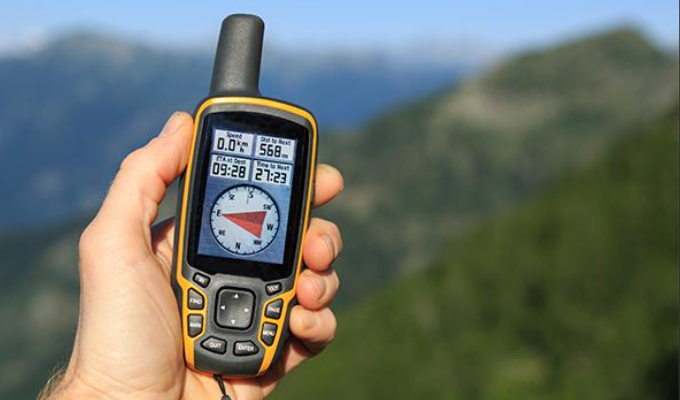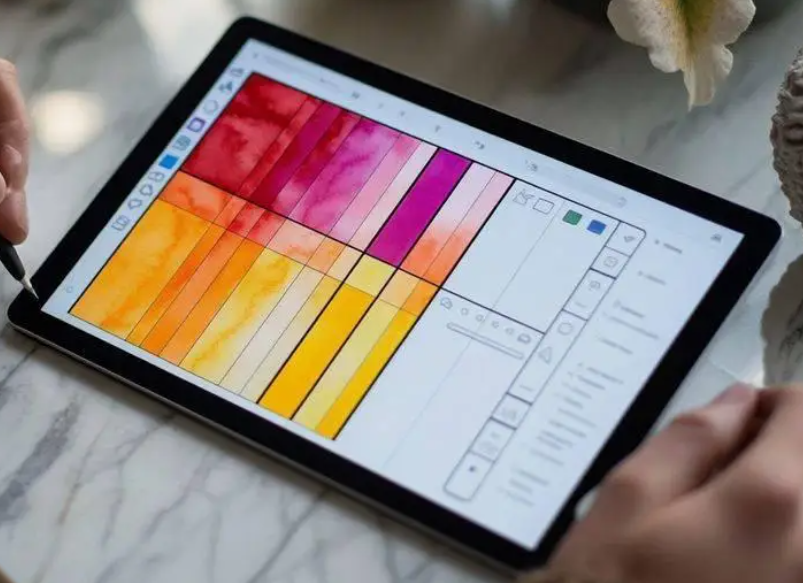MIP (Memory In Pixel) technology is an innovative display technology mainly used in liquid crystal displays (LCD). Unlike traditional display technologies, MIP technology embeds tiny static random access memory (SRAM) into each pixel, enabling each pixel to independently store its display data. This design significantly reduces the need for external memory and frequent refreshes, resulting in ultra-low power consumption and high-contrast display effects.
Core features:
- Each pixel has a built-in 1-bit storage unit (SRAM).
- No need to continuously refresh static images.
- Based on low-temperature polysilicon (LTPS) technology, it supports high-precision pixel control.
【Advantages】
1. High resolution and colorization (compared with EINK):
- Increase pixel density to 400+ PPI by reducing SRAM size or adopting new storage technology (such as MRAM).
- Develop multi-bit storage cells to achieve richer colors (such as 8-bit grayscale or 24-bit true color).
2. Flexible display:
- Combine flexible LTPS or plastic substrates to create flexible MIP screens for foldable devices.
3. Hybrid display mode:
- Combine MIP with OLED or micro LED to achieve a fusion of dynamic and static display.
4. Cost optimization:
- Reduce the cost per unit through mass production and process improvements, making it more competitive with traditional LCD.
【Limitations】
1. Limited color performance: Compared with AMOLED and other technologies, MIP display color brightness and color gamut range is narrow.
2. Low refresh rate: MIP display has a low refresh rate, which is not suitable for fast dynamic display, such as high-speed video.
3. Poor performance in low-light environments: Although they perform well in sunlight, the visibility of MIP displays may decrease in low-light environments.
[Application Scenarios]
MIP technology is widely used in devices that require low power consumption and high visibility, such as:
Outdoor equipment: mobile intercom, using MIP technology to achieve ultra-long battery life.
E-readers: suitable for displaying static text for a long time to reduce power consumption.
【Advantages of MIP technology】
MIP technology excels in many aspects due to its unique design:
1. Ultra-low power consumption:
- Almost no energy is consumed when static images are displayed.
- Consumes a small amount of power only when the pixel content changes.
- Ideal for battery-powered portable devices.
2. High contrast and visibility:
- The reflective design makes it clearly visible in direct sunlight.
- The contrast is better than traditional LCD, with deeper blacks and brighter whites.
3. Thin and lightweight:
- No separate storage layer is required, reducing the thickness of the display.
- Suitable for Lightweight device design.
4. Wide temperature range adaptability:
- It can operate stably in an environment of -20°C to +70°C, which is better than some E-Ink displays.
5. Fast response:
- Pixel-level control supports dynamic content display, and the response speed is faster than traditional low-power display technology.
—
[Limitations of MIP technology]
Although MIP technology has significant advantages, it also has some limitations:
1. Resolution limitation:
- Since each pixel requires a built-in storage unit, pixel density is limited, making it difficult to achieve ultra-high resolution (such as 4K or 8K).
2. Limited color range:
- Monochrome or low color depth MIP displays are more common, and the color gamut of color display is not as good as AMOLED or traditional LCD.
3. Manufacturing cost:
- Embedded storage units add complexity to production, and initial costs can be higher than traditional display technologies.
4. Application scenarios of MIP technology
Due to its low power consumption and high visibility, MIP technology is widely used in the following areas:
Wearable devices:
- Smart watches (such as G-SHOCK、G-SQUAD series), fitness trackers.
- Long battery life and high outdoor readability are key advantages.
E-readers:
- Provide a low-power experience similar to E-Ink while supporting higher resolution and dynamic content.
IoT devices:
- Low-power devices such as smart home controllers and sensor displays.
- Digital signage and vending machine displays, suitable for strong light environments.
Industrial and medical equipment:
- Portable medical instruments and industrial instruments are favored for their durability and low power consumption.
—
[Comparison between MIP technology and competing products]
The following is a comparison between MIP and other common display technologies:
|
Features |
MIP |
Traditional LCD |
AMOLED |
E-Ink |
|
Power consumption(static) |
Close 0 mW |
50-100 mW |
10-20 mW |
Close 0 mW |
|
Power consumption(dynamic) |
10-20 mW |
100-200 mW |
200-500 mW |
5-15 mW |
|
Contrast ratio |
1000:1 |
500:1 |
10000:1 |
15:1 |
|
Response time |
10ms |
5ms |
0.1ms |
100-200ms |
|
Life time |
5-10 years |
5-10 years |
3-5 years |
10+ years |
|
Manufacturing cost |
medium to high |
low |
high |
medium-low |
Compared with AMOLED: MIP power consumption is lower, suitable for outdoor, but the color and resolution are not as good.
Compared with E-Ink: MIP has a faster response and higher resolution, but the color gamut is slightly inferior.
Compared with traditional LCD: MIP is more energy-efficient and thinner.
[Future development of MIP technology]
MIP technology still has room for improvement, and future development directions may include:
Improving resolution and color performance: Increasing pixel density and color depth by optimizing storage unit design.
Reducing costs: As production scale expands, manufacturing costs are expected to decrease.
Expanding applications: Combined with flexible display technology, entering more emerging markets, such as foldable devices.
MIP technology represents an important trend in the field of low-power display and may become one of the mainstream choices for future smart device display solutions.
【MIP extension technology – combination of transmissive and reflective】
We use Ag as the Pixel electrode in the Array process, and also as the reflective layer in the reflective display mode; Ag adopts a square Pattern design to ensure the reflective area, combined with the POL compensation film design, effectively ensuring the reflectivity; the hollow design is adopted between the Ag Pattern and the Pattern, which effectively ensures the transmittance in the transmissive mode, as shown in Picture. The transmissive/reflective combination design is the first transmissive/reflective combination product of B6. The main technical difficulties are the Ag reflective layer process on the TFT side and the design of the CF common electrode. A layer of Ag is made on the surface as the pixel electrode and the reflective layer; C-ITO is made on the CF surface as the common electrode. Transmission and reflection are combined, with reflection as the main and transmission as the auxiliary; when the external light is weak, the backlight is turned on and the image is displayed in the transmissive mode; when the external light is strong, the backlight is turned off and the image is displayed in the reflective mode; the combination of transmission and reflection can minimize the backlight power consumption.
【Conclusion】
MIP (Memory In Pixel) technology enables ultra-low power consumption, high contrast, and superior outdoor visibility by integrating storage capabilities into pixels. Despite the limitations of resolution and color range, its potential in portable devices and the Internet of Things cannot be ignored. As the technology continues to advance, MIP is expected to occupy a more important position in the display market.
Post time: Apr-02-2025










